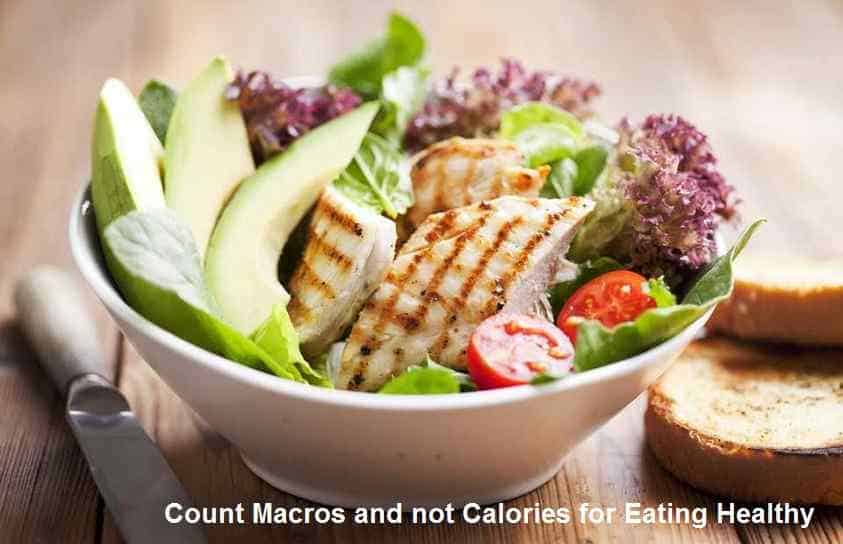The term macro is short for ‘’macronutrients’’. Macronutrients are something of great importance. There are three basic classes of macronutrients that have further many types.
These 3 types are:
-Carbohydrates,
-Fats,
-Proteins.
All these three macronutrients have been discussed below. However, these 3 carbohydrates are basically high stores of energy for the body which is broken down or metabolized in the body and the energy released is used for a number of different purposes. Each macronutrient releases different kilocalories of energy which has all been discussed below.

Moreover, these nutrients also constitute different structures in the body.
Table of Contents
MACRONUTRIENTS – CARBOHYDRATES, PROTEINS AND FATS:
Carbohydrates:
which are the basic constituent of the food group, are very essential to maintain a balanced or healthy diet. Carbs are basically the sugars that are found in a number of food substances such as fruits etc. carbohydrates release the greatest amounts of energy when broken down and hence, it is adequate to say that carbohydrates are the highest source of energy for the body.
The working of muscles and the central nervous system, both require energy which the body obtains in the form of carbohydrates. Carbohydrates have further many types.
Proteins:
play a very potent role in the body. Proteins are made by the combination of many amino acids. The function of the body and the ability to reproduce are very importantly regulated by protein in the body. Proteins also make up the cell membranes. Acting as channels and carriers for the transport of materials into and out of the cells. Moreover, proteins also make up some basic structures such as hair, nails and etc.
Fats:
which are always taken as something harmful for the body, are very important for the growth of cells. In every gram of fat, around 9 calories are present. Hence, fats are important energy provides for the body as well. Moreover, fats provide insulation to the body. They provide layers around the organs and tend to keep them well protected inside.
Protein and the carbohydrates, each have 4 calories per gram while fat has 9.
COUNT MACROS AND NOT CALORIES FOR A HEALTHY WEIGHT:
For many years, this misconception has made its way in people’s minds that eating fewer or a very low number of calories will help them lose weight and maintain a healthy one. Well, it might make you lose weight, but not in a healthy way. Your body might see adverse effects of losing weight unhealthily and your health might actually deteriorate. In the recent few years, after countless researches, experts have finally come up with the conclusion that the best way to lose weight and maintain a healthy one is not by eating fewer calories or by counting calories but instead by counting macros. i.e. the number of macronutrients that are present in your diet.
Each macronutrient has a certain number of calories that it provides to your body. Now one might get confused that if it is again the calories we are considering through the macronutrients, then why to make the procedure complex and why not directly count the calories. Well, these 2 things actually differ greatly.
For many years, dieticians have been suggesting people not to eat fats and carbohydrates if they want to lose weight. However, emphasis on their roles in the bodies has unfolded the fact that their deficiencies in the diet completely is a very unhealthful thing.
A macronutrient diet is a perfect balance between the three macronutrients. It is a combination and a mixture of all three. For example, if one wants to lose weight, he or she must eat a diet rich in proteins. But that does not mean you have to completely block the intake of carbohydrates and fats in the body. And this is what a balanced diet teaches us to do.
The amount of calories that one needs to consume per day is something that is highly dependent upon the target weight that one wants to achieve and how much a person weights at the specific point where he/she starts to diet too. The basic steps for following a macronutrient diet have been mentioned below:
Determine the amount of calories that you need to consume.
This step is very important. As has already been mentioned above, the calorie count is also a very important step. But this should not be the ONLY step.
Determine the food that you are eating to get your target calories and the macronutrient count in those foods.
In a calorie count diet, the source of consumption of calories doesn’t matter much as it does in the macronutrient diet. This is why the macronutrient diet has been preferred over the calorie diet. For example, consider a packet of chips containing the same calories as that of a certain amount of vegetables. However, the packet of chips might have a rich content of fats and carbohydrates as compared to that specific vegetable which might be rich in proteins. Now proteins, being lower in calories, tend to build up the muscle mass making the body lean. Therefore, it is very important for weight loss. However, a certain amount of carbs and fats might also be present in that vegetable, making the diet perfectly balanced. This is the basic aim of a macronutrient diet which gives it superiority over a calorie count diet.
You can use a macronutrient calculator to calculate your macros as well:
One of the very easy ways to calculate macronutrients is through the use of a macronutrient calculator. The Macro Meal Planner, such as the one present at calculators.tech, breaks down each macronutrient and provides before you the information about the number of macronutrients that must be present in your diet for you to lose weight and reach your goal.


